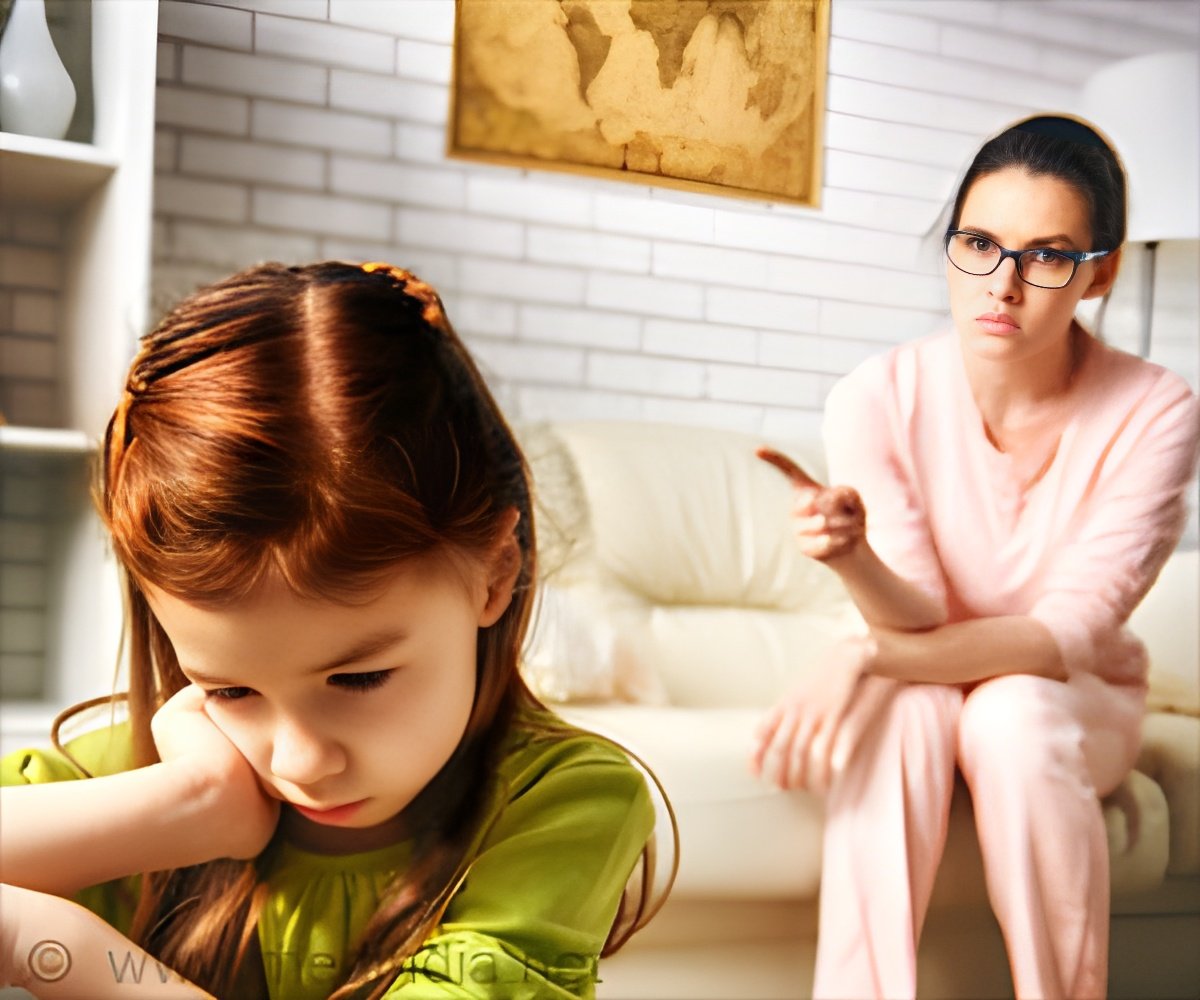
‘1 in 3 children of pre-teenage worry at least once a week about school and friendships, which may continue to increase with age.’
Tweet it Now
Advertisement
Importance of Understanding Fear and Anxiety in Children
High levels of anxiety and worry among teenagers are a known fact. Now, understanding what children worry about most often and at what ages may offer an opportunity for parents and caregivers to help children develop coping skills to grow into healthy adults.The growing youth mental health crisis requires parents, caregivers, teachers, and healthcare professionals to work together to ensure that they have the support and resources needed. Caring for children’s mental health is equally as important as caring for their physical health, and a prerequisite for changing children’s health for good.
Advertisement
What are Children Most Worried About?
Some of the key findings of this survey include that most children (86%) report worrying, with one in three (37%) worrying once a week or more. 1 in 3 children (33%) feel they worry more than most children their age.Children worry most commonly about school (64%) and friends or friendships (41%), with girls more likely than boys to worry about friendships (50% vs. 32%). More than one in three children (35%) worry about the health of the people they love.
Children who worry about their looks (65%), being bullied (55%), and their friends or friendships (47%) say that they do so once a week or more. For 1 in 5 children, their worries extend to the world around them. These children are worried about money (21%), violence in the world (20%), and the environment (19%) and worry about these topics at least once a week.
Advertisement
What Children Do When They Feel Worried
Regarding the effects of worry, many children say they feel distracted or unable to focus (40%), sad or miserable (36%), or feel quiet or like they don’t want to talk to anyone (34%). Others report feeling sick to their stomach or like their stomach hurts (23%) or their head hurts (21%).When they feel worried, nearly all children (97%) say they take actions to make themselves feel better or make themselves stop worrying. Roughly half say they talk to someone (49%), watch TV (49%), or play video games (48%).
Of these children, talking to someone (96%), and doing something creative (93%) top the list of actions that make them feel better.
Among the younger children polled – ages 9 to 11 – more than 75% say they turn first to their parents for information or advice (77%), but that number dwindles to only 51% for 12 to 13-year-olds.
Overall, 53% of children think that adults don’t understand what they worry about, ranging from 45% among elementary school children to 59% for middle schoolers. It is clear from these survey results that children can be resilient – they recognize when they are worried and are usually willing to do something about it.
Understanding why kids worry and what signs to look for can help us, as adults and parents, provide early intervention and provide our children with the appropriate resources to help them better understand and deal with their worries.
Laying this groundwork when children are young is especially important, so they build the tools to cope with the emotions and turmoil throughout childhood and adolescence, leading to improved mental health as adults.
Source-Eurekalert











